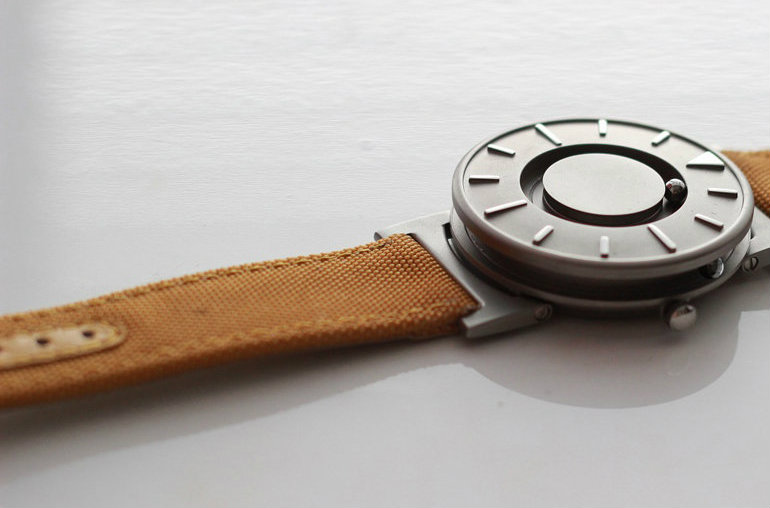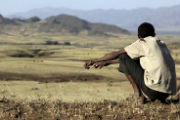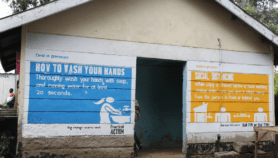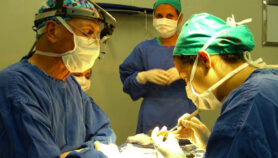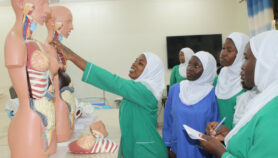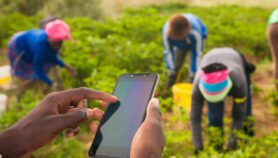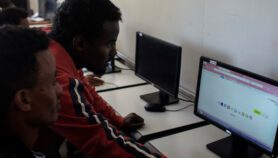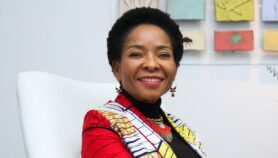By: Joshua Howgego
Send to a friend
The details you provide on this page will not be used to send unsolicited email, and will not be sold to a 3rd party. See privacy policy.
It’s been my pleasure to edit a bumper crop of these blogs this year. In addition to those in our ‘Focus on’ series, which are written by regular columnists, we have ramped up our output of a second strand of analysis pieces. In these ‘View on’ pieces, our journalists interview informed scientists or development experts who present their unique view on news events.
Many of the articles have taught me something new about development and so, as 2014 draws to a close, I’d like to share some of my favourite insights:
Geoengineering’s unexpected fallout
Back in January, our poverty blogger Roger Williamson showed what the analysis blogs are all about. At the time, a report had just come out highlighting the need to regulate trials of geoengineering. It’s easy to see why scientists and policymakers are attracted to such ideas, wrote Williamson. But he cut through the bumf and took us straight to the development-relevant science. He highlighted a computer modelling study that showed that injecting sulphate particles might well reflect enough sunlight to reduce average global temperatures. But the research found it might also alter rainfall patterns, in particular around the equator where many of the world’s poorest farmers live.
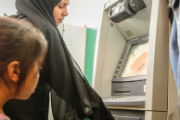


Syrian refugees’ flexible friends
One story that often made the news in 2014 has been the plight of Syrian refugees. In August, the number of Syrians who had fled their country passed three million. But back in April, I spoke to Kerren Hedlund, an independent consultant who works with the UN’s refugee agency UNHCR, about the how smart cards are being used to provide cash to refugees living in Jordan and Lebanon. It turns out there is what Hedlund called a “multiple card” problem. The mandates of different aid organisations mean that some are happy to give refugees cash with no restrictions on how they spend it, while others such as the World Food Programme, want to provide vouchers to ensure their money goes on food. One day, might refugees be given a card they can use to withdraw cash from a pooled bank account that any donor can pay into? Let us hope so.
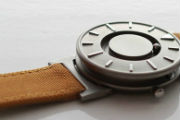


Time for everyone
Our disability blogger Sue Coe wrote a string of interesting articles in 2014, but perhaps my favourite was on the Bradley Timepiece. This watch was designed ‘inclusively’, that is, so that it could be used by everyone. So while it suits blind people, the designer estimated that 98 per cent of orders were coming from sighted people. Inclusive design is one of those mantras that bears repeating, and Coe’s piece echoed sentiments I heard from Vint Cerf, a Google vice-president.
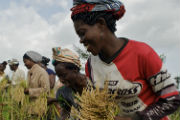


The danger of digitising land data
The idea of putting land data into digital records was splashed across many news outlets this year, including at SciDev.Net. It’s understandable: having a clear idea of who owns what is a prerequisite to respecting the owners of land and drawing in taxes from land sales. Currently, the paper land tenure records that some poorer countries keep are hard to access and inaccurate. But gender blogger Henrietta Miers pointed out in May that digitising these records should not come at the expense of further entrenching gender inequality. She pointed out that in some African nations a patriarchal customary law holds sway, meaning that women never own land even if they control and work it themselves. In this light, digitising land data is a “double-edged sword”, wrote Miers. It could simply document these problems or it could be seen as an opportunity to progress the issue, perhaps by recording the names of the women who work farming land alongside its male owners. If women had this recognition, it could lead to them being allowed to borrow money against the land, a major step towards empowerment.
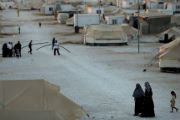


A rare chance to plan a refugee camp
Refugee camps are often erected quickly. Understandably, camp planners are usually focused on providing a timely response to a catastrophe. But in May, journalist Imogen Mathers spotted that the Azraq refugee camp in Jordan had been a year in the planning as a temporary drop in refugee numbers allowed UNHCR to spend some time on the camp’s design. Mathers spoke to Bernadette Castel-Hollingsworth, head of the Azraq field office for UNHCR. She said she had surveyed refugees to discover what they wanted from the camp, with outcomes affecting its layout and the design of the shelters. For example, the camp ended up being divided up into ‘villages’ where refugees could live in 10,000-strong communities, sharing schools, playgrounds and clinics. The findings, Mathers wrote, should help inform the design of other camps.



Protecting against election hackers
In May, Narendra Modi was elected prime minister of India. The country uses electronic voting machines across much of the country, but there are question marks as to how secure they are. Could they be used to cast fake votes, for example? To work out if tech experts could help boost the machines’ security, I spoke with US e-voting security expert Alex Halderman. He explained how he had collaborated with Hari Prasad, the managing director of Indian cybersecurity firm NetIndia, to dissect some of the machines’ weak spots. Off the back of that study, Prasad has been advising the Indian government on a new design for more secure voting machines. But the interesting point for me was how Halderman said there are few academics researching election security, especially in the developing world. That means that any efforts to curb election hacking in developing nations could well come from the private sector.
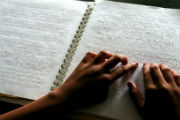


An e-reader for the blind
In July, I read about a Braille magazine doing well in India and wondered how possible it might be to develop an equivalent of Amazon’s Kindle e-reader that would display Braille. It turns out these exist, but because they use piezoelectric crystals to control the raised dots that make up the characters, they’re expensive: at least US$2,000. Yet inventor David Pankhurst told me that a mechanical Braille e-reader such as the one he is slowly developing in his spare time, could be dramatically cheaper. As these designs progress, we could see an affordable Braille device that could plug into computers and display text from webpages, opening up new information to poor and disabled people.
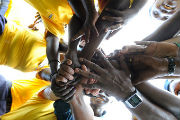


The UN’s a good listener
One theme I’ve noticed this year is that the development community is increasingly talking about the private sector. There seems to be a realisation that, if development is to be truly sustainable, there are at least some sectors where a business model is needed. That means bodies such as the UN are listening to firms’ views, as pointed out by our private sector blogger Noshua Watson. She praised the UN’s efforts to take notice of firms, saying they mark an important shift away from consulting merely with governments and NGOs.
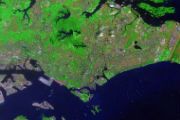


Firing up the disasters’ charter
The distressing effects of Ebola in West Africa have, of course, also made the news this year. And, in October, the International Charter on Space and Major Disasters was invoked to help combat the virus, the first time this had happened in response to a disease outbreak. The idea of the charter is that, in the event of a disaster, the space agencies of several nations around the world make their normally private satellite imagery available for free to assist the response. The images can help humanitarian NGOs spot broken bridges, for example, and so marshal their response in an informed manner. Earlier in the year I spoke to Richard Teeuw, an expert on mapping using geographic information systems, about the importance of the charter.
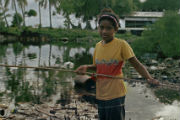


Is ‘climate refugee’ a dirty phrase?
Finally, we turn to migration blogger Max Martin. In October, following a much-discussed UN conference on the future of small island developing states, Martin took issue with the phrase ‘climate refugee’. Many inhabitants of low-lying island nations, including the Pacific island of Kiribati, are leaving. But is this down to fears over climate change-driven sea rises? Not exclusively, argued Martin. And, he said, it’s unhelpful to throw around the term climate refugee, when research shows the pressures on most migrants are complex. If we don’t recognise that, our ability to draw up effective policies to deal with the perennial issue of migration will be undermined.
In 2015, international negotiations over climate change and sustainable development will reach a crescendo. I’m looking forward to seeing how science and technology continue to intermesh with this messy but important process.
Joshua Howgego is SciDev.Net’s deputy news and opinion editor. @jdhowgego


